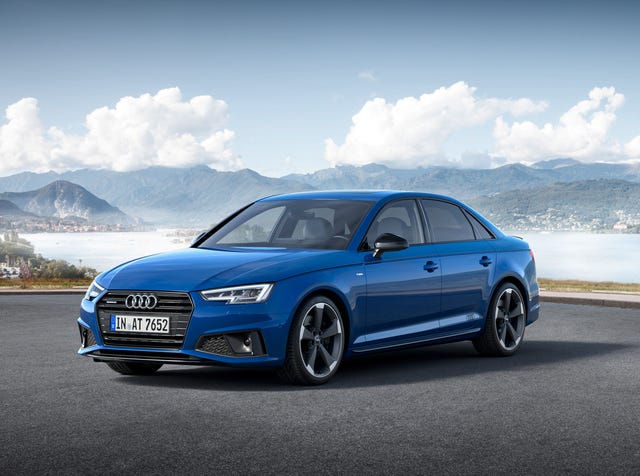- For 2006, the Audi A4 is all-new, with new engines and models spread over three body configurations: a sedan, Avant wagon and a carried-over cabriolet. New engines are a 2.0-litre turbocharged four-cylinder and 3.2-litre V6. Changes on the sedan and Avant include new dynamic suspension; a new.
- Prestige Auto Group - Avenel / New Jersey. This 2006 Audi A4 4dr 2.0T features a 2.0L I4 FSI DOHC 4cyl Gasoline engine. It is equipped with a 6 Speed Automatic transmission.
- 2006 Audi 2.0t Automatic And Manual Engine Differences Cars
- 2006 Audi 2.0t Automatic And Manual Engine Differences Chart
A4 1.8T AMB engine swap /which engines fit. Report; Follow. Every manual and automatic engine can work on either any one of those cars from 1996-2006 Audi A4, vw Passat, Audi A6. Only thing you have to do when you changing the automatic tranny to manual, the spline from the gearbox that goes in the crankshaft is a bit smaller that the one. May 25, 2017 Okay so the 2.0t engine went in my wife's 06 A4 Quatro with 63000 miles on it (oil pump). I was told it's a total loss because it was oil starves and the head is likely shot along with the bottom end since it locked up. I've been looking on car-part.com and finding used engines for the A4 start around $2500 with over 100k on them. Well the timing belt went in my sisters 08 Jetta 2.0T and I'm.
Combining Many Attributes in a Captivating Package
The A4 was originally introduced to us in 1996, and since then has become Audi's best selling North American vehicle. And
| The A4 has come a long way from when it was originally introduced to us in 1996. (Photo: Rob Rothwell, American Auto Press) |
2006 Audi 2.0t Automatic And Manual Engine Differences Cars
My tester featured the same 2.0-liter (122 cu in) turbocharged, DOHC four-cylinder that I tested weeks prior in Volkswagen's new Passat and Jetta, an engine that enlivens the premium-class A4 the same way it turned up the heat in the entry-level cars. In both applications the boosted powerplant spins out 200-horsepower at 5,100 rpm and 207 foot-pounds of torque at a meager
| The heart of the A4 2.0T is its jewel of an engine, sporting 200-hp of FSI technology. (Photo: Rob Rothwell, American Auto Press) |
A sensation I found displeasing in the A4's application of the 2.0T was noticeable vibration during idle. Curiously, this mighty mill generates considerably more vibration at idle when beneath the Audi's hood than beneath the less expensive hood of the VW Jetta. In fact I recall thinking, while behind the
| The diesel-like noise, vibration and harshness levels generated in the A4 2.0T struck me as regressive compared to the same engine in the Jetta. (Photo: Rob Rothwell, American Auto Press) |
Despite the differences in operational refinement, this is a delightful engine


| The 6-speed Tipronic manual-mode automatic in my tester performed admirably in selecting the cog most suited to my driving needs at any given time. (Photo: Rob Rothwell, American Auto Press) |